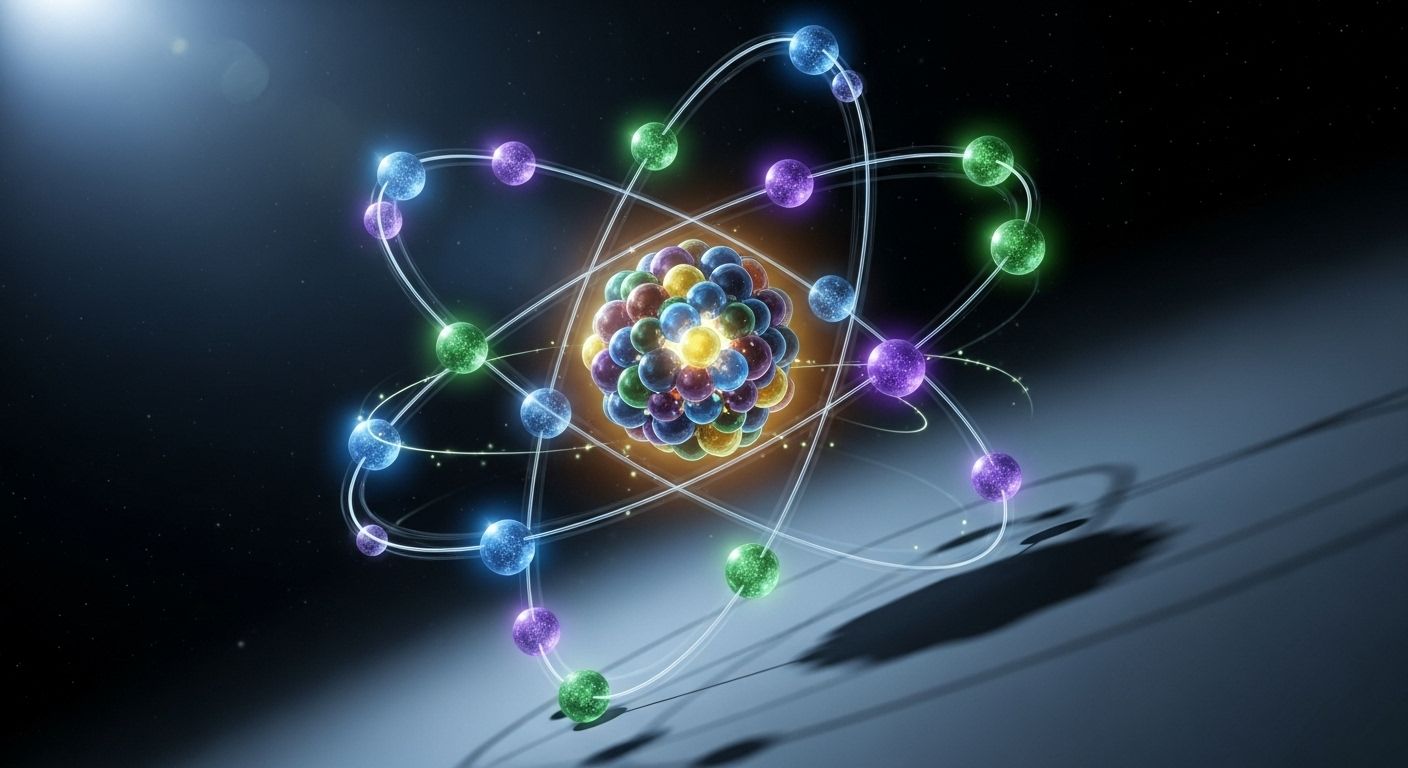
Atomic Structure is a cornerstone module that introduces learners to the microscopic architecture of matter. Atoms are the smallest units of elements that still retain their chemical identity, and understanding their structure unlocks the secrets of chemical reactions, bonding, and the diversity of substances in our universe. This lesson lays the groundwork for deeper exploration into molecular chemistry, periodic trends, and the behavior of compounds.
🧬 By the end of this lesson, you’ll be able to:
This lesson is ideal for students beginning their chemistry journey, educators introducing atomic theory, and anyone curious about the invisible building blocks of matter.